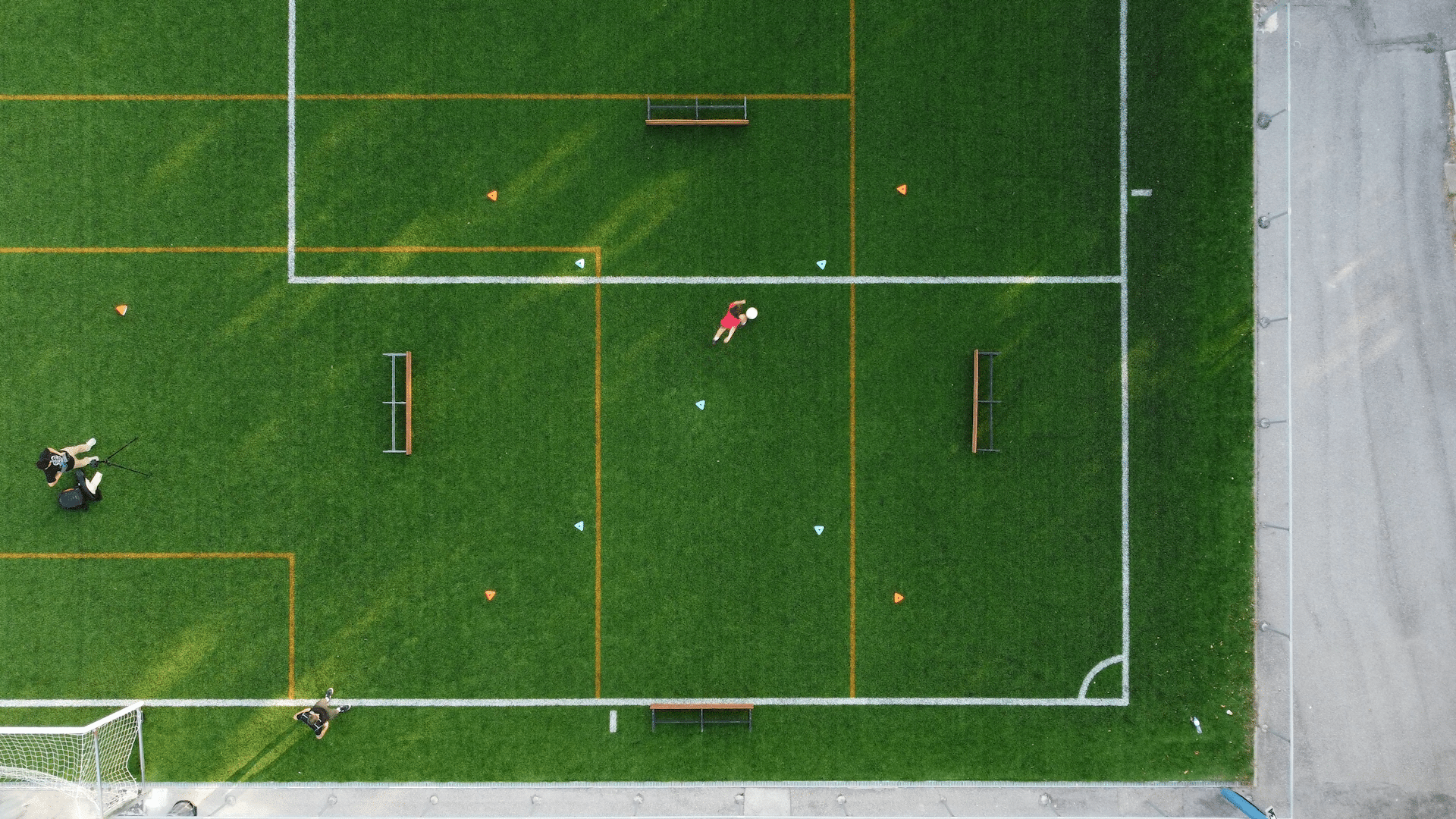Space management in football is a fundamental aspect ranging from the strategic occupation of the pitch to the creation of opportunities by freeing up and utilising specific areas, which is essential to enhance individual and collective performance on the pitch.
Skill is not only limited to the physical positioning of players on the pitch. It also refers to the ability to influence the dynamics of the play, which is essential in both defence and attack. This ability allows to control the ‘tempo’ of the play and maximise the chances of success in all phases of the game.
Likewise, space management is the determining factor that guides individual and collective actions in every game situation. Effective space management helps players to occupy and exploit advantageous areas, which in turn facilitates the creation of attacking and defensive opportunities.
As we enter the world of youth football, we observe that one of the main challenges faced by players in the egocentric and summative phases is the management of space. This difficulty arises due to the complexity of football and the large dimensions of the pitches, which makes mastering space a difficult task for young children entering the sport.
So how can we improve space management skills and what content should we train?
Football, being a sport in which two teams interact in the same place constantly, presents a dynamic complexity that makes it essential to teach players to manage space from the early stages.
According to Fernandez and Bornn (2018), there are two key components to train: occupation and space creation. Occupation involves maintaining control over specific areas of the field, while space creation involves moving strategically to open up opportunities for oneself and teammates.
Other authors add that players must learn to create, occupy and exploit free space on the pitch. This approach focuses on three main areas: creating, occupying and exploiting.
Moreover, considering the position of the ball on the pitch and the function of the team at that moment (whether defensive or offensive) will be of great help to train space management effectively.
All these aspects are important in youth development, where players are building their understanding of the game and developing their tactical skills.
However, to maximise correct progress, it will be crucial for coaches to adapt training content on space management to the different periods of players’ development.
In the early stages, children tend to cluster around the ball, so the emphasis should be on decentralising play and encouraging exploration of the pitch. Over time, players will learn to balance playing spaces and to distribute themselves more strategically.
In the more advanced stages, players must learn to distribute space rationally and to rebalance it constantly during the play. This requires a deeper understanding of positions and lines of play, as well as the ability to adapt to changing situations on the pitch.
Conclusion
In summary, space management in football is a fundamental aspect that affects individual and collective performance on the pitch. By teaching players how to occupy, generate and exploit free space, coaches can improve the fluidity and efficiency of their teams’ play. Furthermore, by tailoring training content to the different stages of player development, the impact of space management on the growth and development of young players can be maximised.








